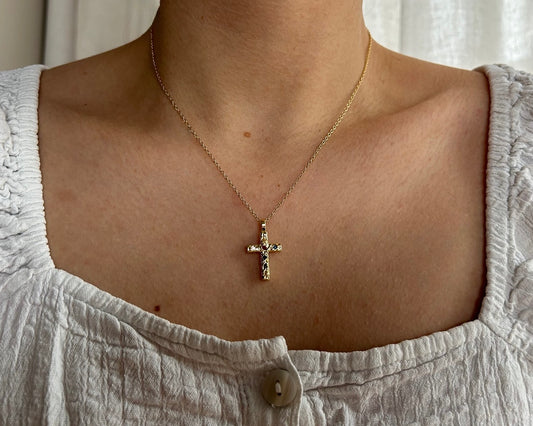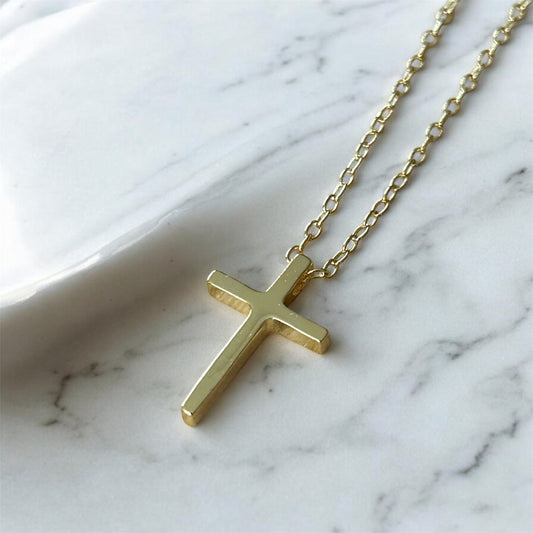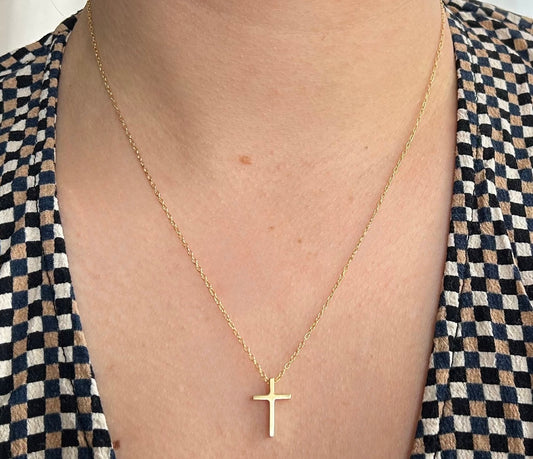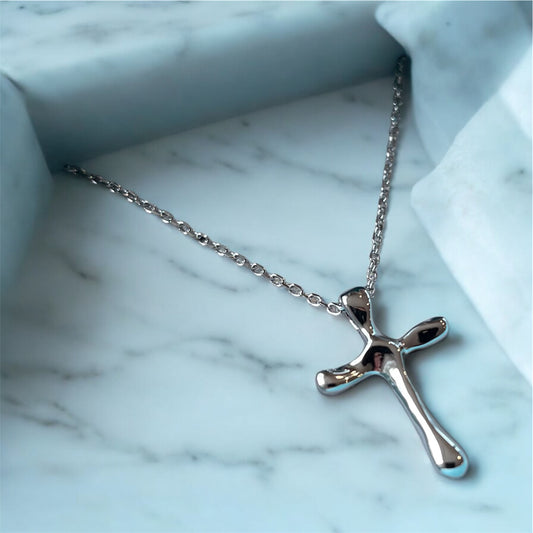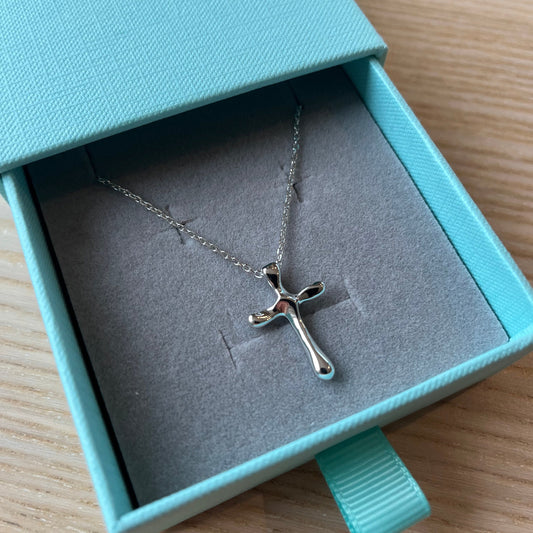Anglo Saxon Christian Symbols
Share
Table of Contents
1. Introduction to Anglo-Saxon Christian Symbols
The Anglo-Saxons, who ruled England from the 5th to the 11th century, left a lasting legacy in their art, literature, and religious symbolism. After converting to Christianity, they incorporated Christian imagery into stone carvings, manuscripts, and metalwork. These Anglo-Saxon Christian symbols not only reflected their deepening faith but also played a role in everyday life, often appearing on jewellery, crosses, and church architecture.
This article explores the most significant Anglo-Saxon Christian symbols, their meanings, and how they were used in religious and personal contexts.
2. The Cross: A Powerful Christian Symbol
The cross was the most significant Anglo-Saxon Christian symbol, representing Jesus' crucifixion, salvation, and divine protection. It appeared in many forms across different mediums.
Anglo-Saxon Crosses in Stone
Large stone crosses were erected throughout England, often intricately carved with biblical scenes and Celtic knotwork. Notable examples include:
-
The Ruthwell Cross – One of the finest surviving Anglo-Saxon Christian symbols, featuring inscriptions in both Latin and Old English.
-
The Bewcastle Cross – An ornately decorated stone monument with Christian and royal imagery.
Crosses in Anglo-Saxon Jewellery
Many Anglo-Saxons wore crosses as personal religious amulets. These crosses were made of gold, silver, or bronze, often adorned with precious stones or intricate engravings. Examples include:
-
The Alfred Jewel – Thought to be a pointer for reading religious texts, featuring a cross design.
-
Pectoral Crosses – Worn by clergy and nobles as a sign of devotion and divine protection.
3. The Chi-Rho: The Christogram of Faith
The Chi-Rho (☧) is a monogram made from the Greek letters Χ (Chi) and Ρ (Rho), the first two letters of Christos (Greek for Christ). This symbol was widely used in Anglo-Saxon Christian manuscripts, church decorations, and stone carvings, signifying Christ’s authority and presence.
4. The Ichthys: The Symbol of the Fish
The Ichthys (ἰχθύς), or fish symbol, was an early Christian secret sign representing Jesus. In Anglo-Saxon Christian symbolism, this icon appeared in:
-
Church carvings – Used as a discreet Christian emblem.
-
Metalwork and manuscript illuminations – Featured alongside crosses and biblical imagery.
5. The Lamb of God: Christ’s Sacrifice
The Lamb of God (Agnus Dei) represents Jesus as the sacrificial lamb who takes away the sins of the world. This symbol appeared in:
-
Illuminated Anglo-Saxon Christian manuscripts – Often depicted with a cross or holding a banner.
-
Church carvings and embroidery – Used in ecclesiastical settings.
6. Celtic Knots and Interlace Patterns
Although originally pagan, Celtic knots and interlace designs were adapted into Anglo-Saxon Christian symbolism, representing eternal life and divine interconnectedness. They were used in:
-
Decorating crosses and stone monuments – Enhancing religious symbolism.
-
Jewellery and manuscripts – Found in items like brooches and the famous Lindisfarne Gospels.
7. The Dove: A Sign of the Holy Spirit
The dove is a Christian symbol of peace, purity, and the Holy Spirit. In Anglo-Saxon Christian iconography, doves were used to:
-
Represent the Holy Spirit in religious manuscripts.
-
Decorate church frescoes and sculptures.
8. Alpha and Omega: The Beginning and the End
The Greek letters Alpha (Α) and Omega (Ω) represent Christ as the beginning and end of all things (Revelation 22:13). These Anglo-Saxon Christian symbols frequently appeared in:
-
Church inscriptions – Marking the eternal nature of God.
-
Religious manuscripts and crosses – Signifying divine authority.
9. The Hand of God: Divine Blessing
The Hand of God symbolises divine presence and blessing, often depicted reaching from the heavens. This was used in:
-
Stone carvings and crosses – Showing God's guidance.
-
Anglo-Saxon Christian manuscripts – Representing God's intervention in biblical events.
10. Conclusion
Anglo-Saxon Christian symbols played a crucial role in religious and personal life. Whether carved into stone crosses, woven into manuscripts, or worn as jewellery, these symbols reflected a deep connection to faith and spiritual devotion. Today, they offer valuable insight into the artistic and religious heritage of early medieval England.
From intricately crafted cross pendants to sacred inscriptions, these Anglo-Saxon Christian symbols continue to inspire and influence modern Christian jewellery and art. Understanding their meanings allows us to appreciate the rich spiritual traditions of the Anglo-Saxon era.
If you have found this article useful we would encourage you to read Church of England's FAQ article on confirmation.


